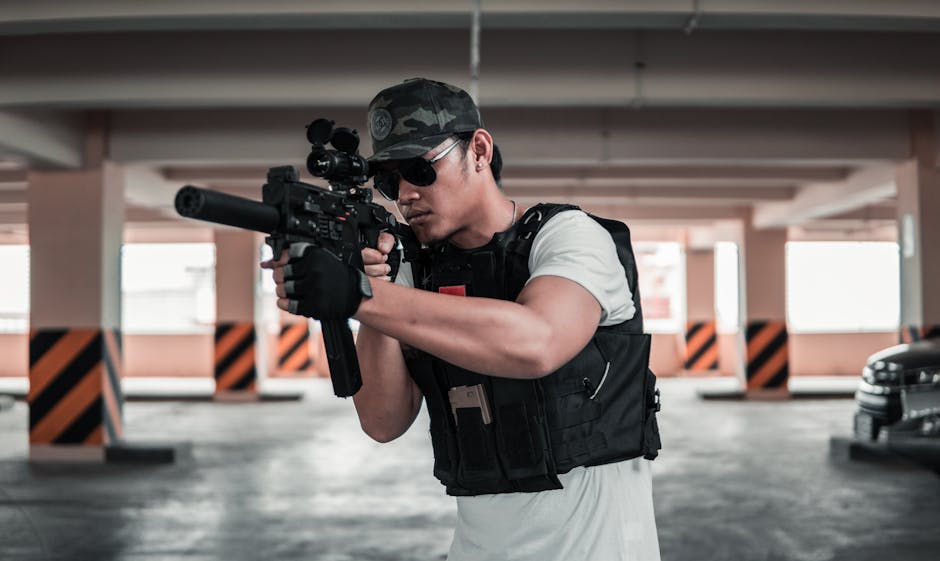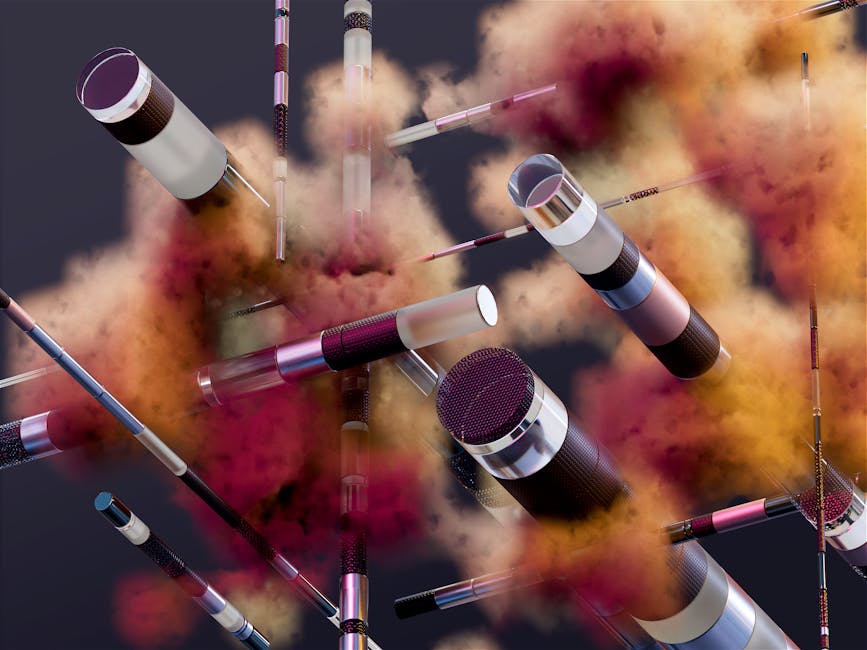Shocking Testimonies Link Yasin Malik to IAF Personnel Killings
In a major breakthrough, eyewitnesses have identified Kashmiri separatist leader Yasin Malik as the primary shooter in the targeted killings of Indian Air Force (IAF) personnel during the 1990s insurgency in Jammu and Kashmir. The revelations, emerging from ongoing investigations into historic terror cases, have reignited calls for justice for the victims’ families.
Eyewitnesses Describe Malik’s Role in Attacks
Multiple protected witnesses have named Malik—currently serving a life sentence in Tihar Jail—as the leader of armed assaults on security forces. One account details a 1990 attack in Srinagar, where Malik allegedly led a group in firing upon unarmed IAF officers.
Key Testimony:
– A witness stated, “He was shouting orders and shooting at the personnel.”
– Another described Malik’s involvement in abductions and executions of security forces.
These accounts align with long-standing allegations against the JKLF leader, adding credibility to the case.
Legal Ramifications: Could Malik Face New Charges?
Malik was convicted in 2022 for terror financing, but the new evidence could lead to additional charges under:
– Unlawful Activities (Prevention) Act (UAPA)
– Murder and conspiracy laws
A legal expert noted, “Direct witness testimony is powerful—it could secure stricter punishment.” The NIA is reviewing the statements for a potential supplementary chargesheet.
Political and Public Reactions
- BJP: Demanded “maximum punishment” for Malik, calling him a “hardcore terrorist.”
- Congress: Urged a transparent judicial process.
- JKLF Supporters: Dismissed the claims as “fabricated,” alleging witness coercion.
Families of Victims Demand Justice
Relatives of the slain IAF personnel welcomed the disclosures. “We’ve waited 30 years for accountability,” said one family member. Rights groups urged a fair trial, while security officials emphasized Malik’s history of militancy.
Next Steps in the Case
The NIA is expected to:
1. File new charges based on witness statements.
2. Seek court approval to reopen aspects of Malik’s sentencing.
Legal proceedings may extend for years, but the evidence strengthens the case for historic convictions.
Conclusion: The testimonies reopen wounds from Kashmir’s violent past—and challenge India’s judicial system to deliver long-delayed justice.




